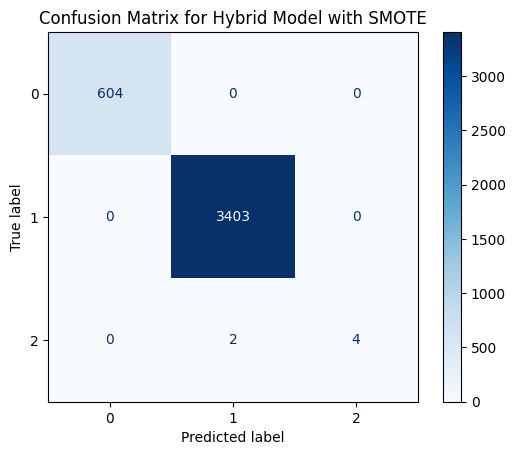Addressing class imbalance in lassa fever epidemic data, using machine learning: a case study with SMOTE and random forest
Keywords:
Lassa fever, Machine learning, SMOTE, Random forest, Class imbalanceAbstract
Class imbalance in epidemiological datasets, particularly for rare outcomes like Lassa Fever fatalities, complicates predictive modeling. This study addresses the issue by employing SMOTE to rebalance the dataset and Random Forest for classification while identifying significant predictors such as age, symptom severity, and residence. SMOTE successfully balanced the dataset (minority class recall improved from 0.60 to 1.00 in Random Forest), mitigating the bias toward majority classes. Without SMOTE, models including Random Forest, XGBoost, and LightGBM achieved high accuracy (> 99%) but demonstrated poor minority recall (?0.75), confirming the challenge of imbalanced data. Post-SMOTE balancing, these models achieved 100% accuracy, precision, recall, and F1-scores across major classes. Notably, the hybrid ensemble model further enhanced outcomes, achieving an F1-score of 0.80 for the rarest class. These results underscore the superiority of SMOTE in improving classification for underrepresented outcomes compared to reliance on Random Forest alone, demonstrating its value in developing equitable predictive tools for outbreak management.

Published
How to Cite
Issue
Section
Copyright (c) 2025 Osowomuabe Njama-Abang, Denis U. Ashishie, Paul T. Bukie

This work is licensed under a Creative Commons Attribution 4.0 International License.






